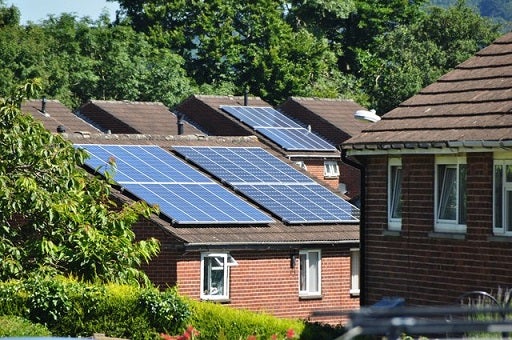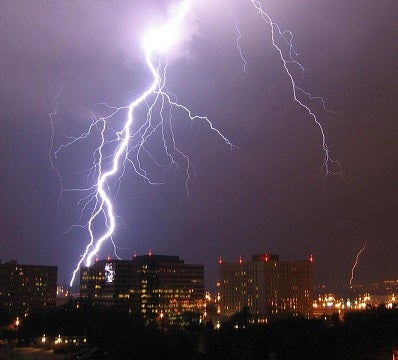Bill McKibben is at it again—using his formidable analytical and rhetorical skills to challenge comfortable climate assumptions. In this case, the author and activist puts the heat on politicians, including Barack Obama and Hillary Clinton, who argue that natural gas can be a “bridge fuel” to a low-carbon energy future.
Since natural gas emits half the carbon of coal when it’s burned, supporting it gives politicians a way to position themselves as both pro-energy and pro-climate. But writing in Mother Jones, Bill questions whether switching from coal- to natural gas-fired electric generation brings any climate benefit at all.
Because natural gas is mostly methane, a potent greenhouse gas, he points out that if enough uncombusted methane is leaking from the natural gas supply chain, natural gas may be even worse for the climate than coal.
We couldn’t agree more. Read More















